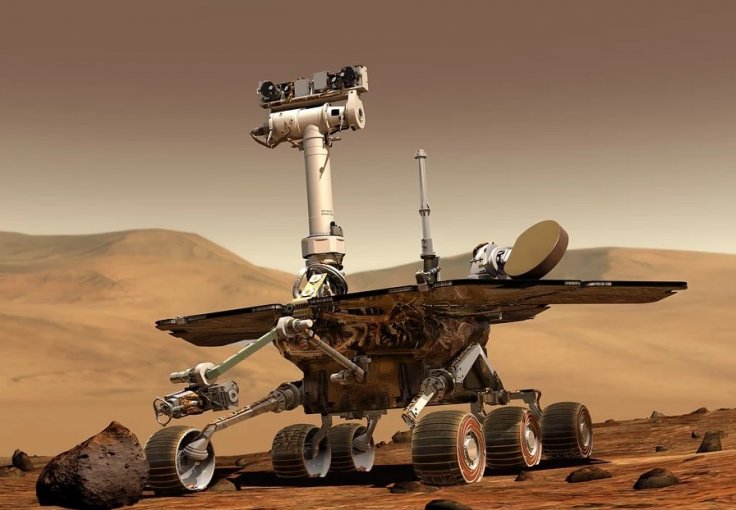The latest NASA Mars InSight lander that touched down the surface in a pebble-filled crater on the Martian equator, found some of the rusty surface details now, serving up its meteorological secrets, especially gravity waves, surface swirling "dust devils," and the steady, low rumble of infrasound.
"It is entirely new territory we are exploring." said Don Banfield, principal research scientist and the science lead for the Auxiliary Payload Sensor Suite, or APSS, aboard InSight. Banfield and the lead author of the study published in Nature Geoscience.
Mars weather conditions
Usually Mars experiences strong daily pressure and temperature fluctuations, which are stronger than on Earth. Since the atmosphere is so thin, it can heat up and cool down much faster than on Earth, said researchers.
About a month after landing, InSight witnessed a large dust storm, which is a periodic global event on Mars that can dramatically change the planet's weather and climate. The scientists have been monitoring daily changing winds controlled by the seasonal freezing and thawing of the carbon dioxide in the polar caps for the last one month.

The craft features a seismometer for detecting Mars' quakes; sensors for gauging wind and air pressure; a magnetometer for measuring the planet's magnetic forces; and a probe designed to take the planet's temperature.
Gravity waves on Earth
Banfield and the team were surprised that their sensors detected gravity waves, which are buoyancy oscillations of air parcels. Such waves on Earth can create linear rows of rolled "morning glory" clouds - white, puffy clouds that look like lofty jelly rolls. "We're still working to understand what these waves can teach us about Mars," Banfield said.
Banfield and his colleagues have noted "infrasound" - pressure oscillations below 10 Hertz, found by the lander's sensors. It is a low rumbling below what the human ear can detect. "We expected infrasound would exist, but this is the first direct measurement," Banfield said. "It's still mysterious as to exactly what causes the signals we've heard, but we'll keep studying."

During the Martian daytime, the APSS team has found convective vortices, better known as "dust devils" - small whirlwinds forming into tiny tornadoes, caused by wind shear and convection near the surface. Earth has dust devils, too, formed from dust and sometimes even snow. Banfield said these may be the cause of the Mars' constant dustiness.
"We have seen the pressure signature of thousands of dust devils, and we have tried to take images at the right times of day," Banfield said. "We've caught absolutely no dust devils on camera. Other landers have more effortlessly imaged dust devils, so it's surprising that we haven't even captured an image of one."








